With it being UK Disability History Month, we thought it would be interesting to research the history of disabled motoring and share our findings with you. We hope you find it as fascinating as we did!
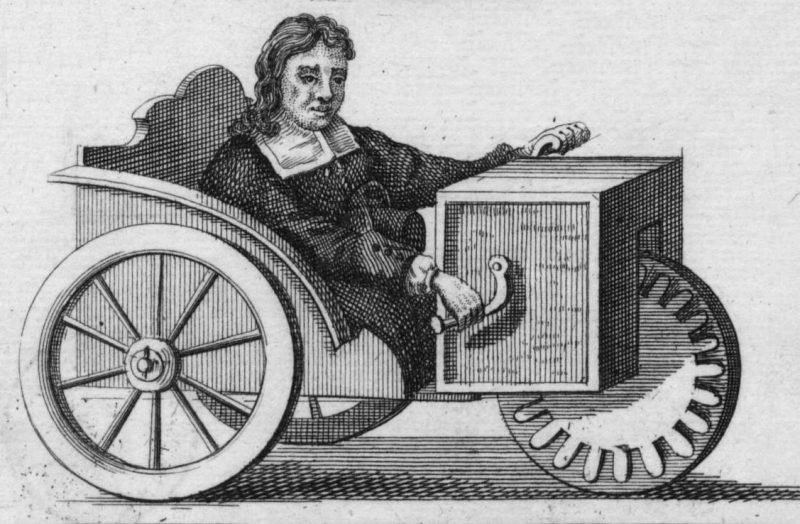
The first manumotive carriage
1655: The first manumotive carriage
The first invention to improve mobility for those with disabilities began four centuries ago in 1655. Stephan Farffler, who was believed to either be a paraplegic or an amputee, created the first self-propelled wheelchair carriage.
1920s: Hand-propelled tricycles and self-propelled carriages
In the early 1920s, a range of hand-propelled tricycles were created by a company called R A Harding, while another company, Stanley Engineering, began producing self-propelled battery or petrol-powered carriages under the brand name Argson.
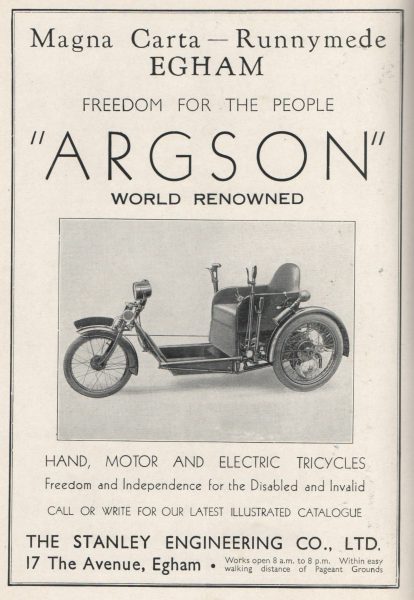
The Argson self propelled carriages
1930s: The introduction of hand controls
Early hand controls were created at this time, as an alternative to the accelerator, clutch and brake pedals. Sadly, they weren’t all that safe as they were being used in manual vehicles, meaning the driver had to steer with one hand, whilst changing gears, accelerating or braking with the other.
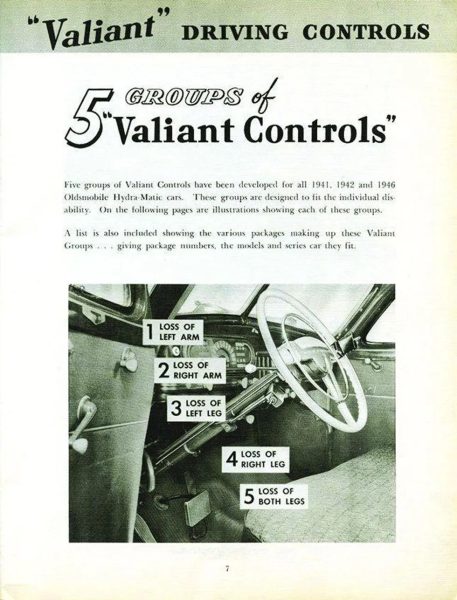
Developments in adaptations during the 1940s
1940’s: Developments in vehicle adaptations
During and after WW2, General Motors and Ford both modified cars for disabled veterans – and then civilians. Adaptations included hand controls, steering wheel knobs, extensions for secondary controls (e.g. indicator levers and emergency brakes), and alternate pedal configurations, accommodating drivers with paralysis, missing limbs, and limited mobility.
1947: The first wheelchair accessible vehicle
In 1947 a Canadian veteran named Walter Callow – left blind and quadriplegic following a plane crash – first used his custom-made converted buses to transport injured WW2 veterans. He later received the support of General Motors to produce a whole fleet.
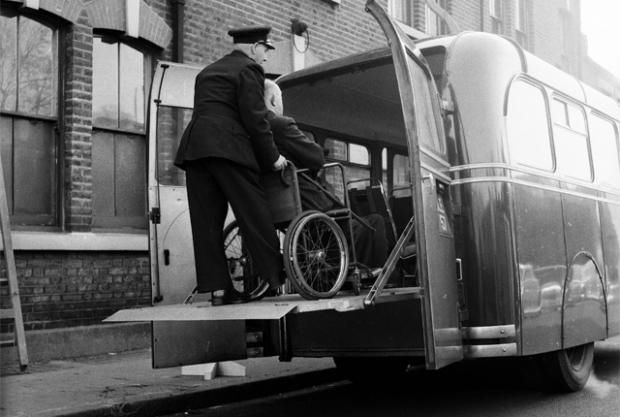
The first wheelchair accessible vehicle, used to transport WW2 veterans
1948: The Invacar
In 1948, Bert Greeves, with the help of his paralysed cousin, adapted a motorcycle into a powered wheelchair, using the engine from a lawnmower. He then developed it into a commercially viable vehicle, known as the Invacar. The Invacar was a three-wheeled vehicle that could be driven completely by hand using a chain, making it more accessible to some disabled drivers.
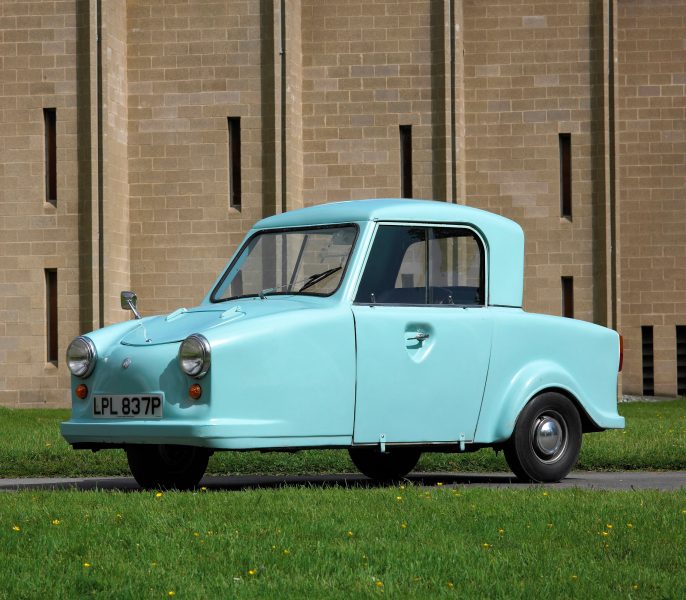
The Invacar
1950’s: Mass produced adaptations
Having suffered from adult polio and become disabled as a result, Alan B. Ruprecht developed a hand control that was easy to install, could fit any automobile, was interchangeable and could be mass-produced. He founded Drive-Master and his invention became known as the Drive-Master Push Pull Hand Control System. Drive-Master soon began manufacturing left-foot gas pedals and pedal extensions.
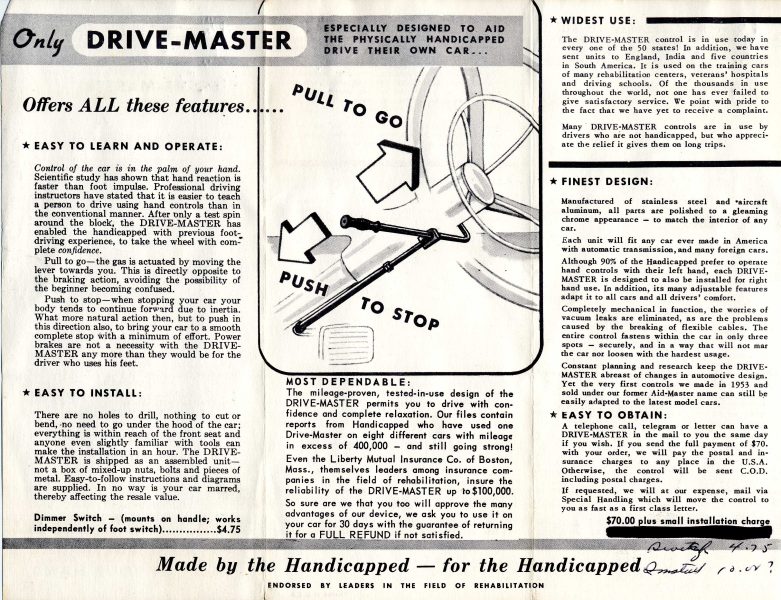
Drive-Master: mass produced adaptations
1960’s: The first ‘drive-from’ wheelchair accessible vehicle
In 1966, Ralph Braun, a wheelchair user living with Spinal Muscular Atrophy, bought a second-hand postal jeep, engineered a wheelchair lift and installed hand controls in it, thus enabling him to drive to work unassisted. In his lifetime Ralph made significant contributions to the mobility industry, which has led to him being referred to as ‘The Father of the Mobility Movement’, by many admirers of his work. His company, Braunability, is still a major player in the mobility sector today.
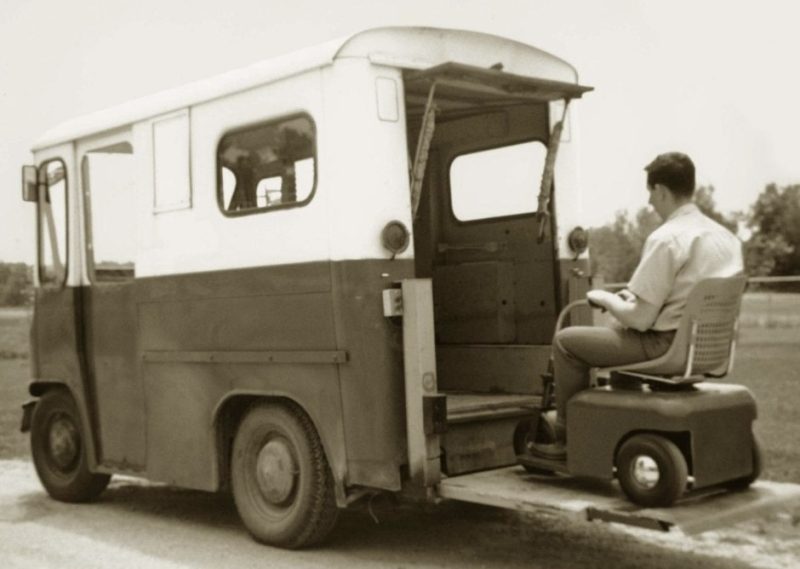
Ralph Braun’s drive-from wheelchair accessible vehicle
1977: The Motability Scheme
Throughout the 1970s, disabled drivers campaigned for better support with mobility, resulting in the introduction of The Mobility Allowance by the Government in 1976 and the founding of the Motability scheme in 1977. During the 1980s, the Motability Scheme became more affordable, as the Government introduced changes, such as removing car tax for leased cars.
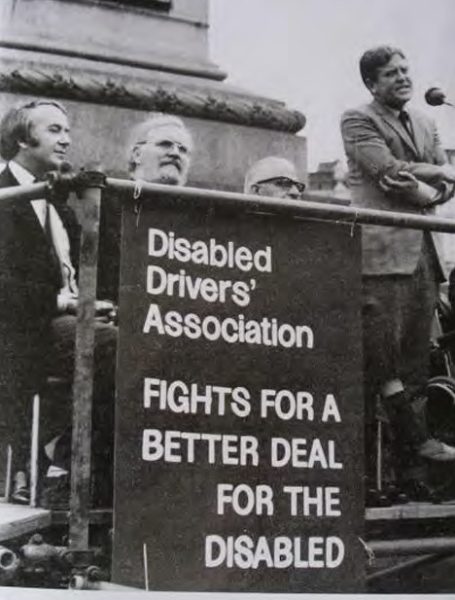
Protests in the 1970’s
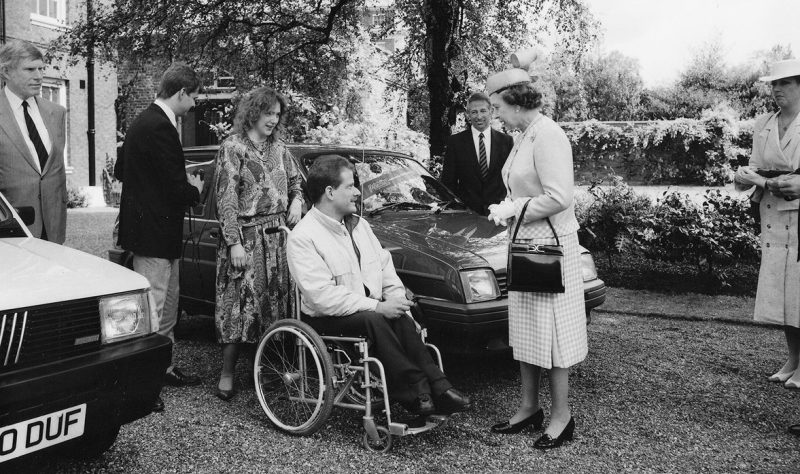
1988: Her Majesty Queen Elizabeth II attending Motability’s 10th anniversary
Isn’t it incredible to look back through the years at all the bright minds whose ideas and determination have changed the course of history, leading us to where we are today? There were so many notable examples that we couldn’t cover them all here, but we’re delighted to be able to share some snippets with you today. We were truly inspired by their stories – and hope you have been too.
#changinglives #abilitynotdisability #ukdisabilityhistorymonth
References and further reading:
https://disabilityhorizons.com/2016/07/uks-unwritten-history-disability/
https://www.adrianflux.co.uk/blog/2020/12/history-car-modifications-disabled-drivers.html
http://www.griffinmobility.com/blog/history-of-wheelchair-vehicles
https://www.braunability.com/us/en/mobility-products/history-handicap-vans.html
